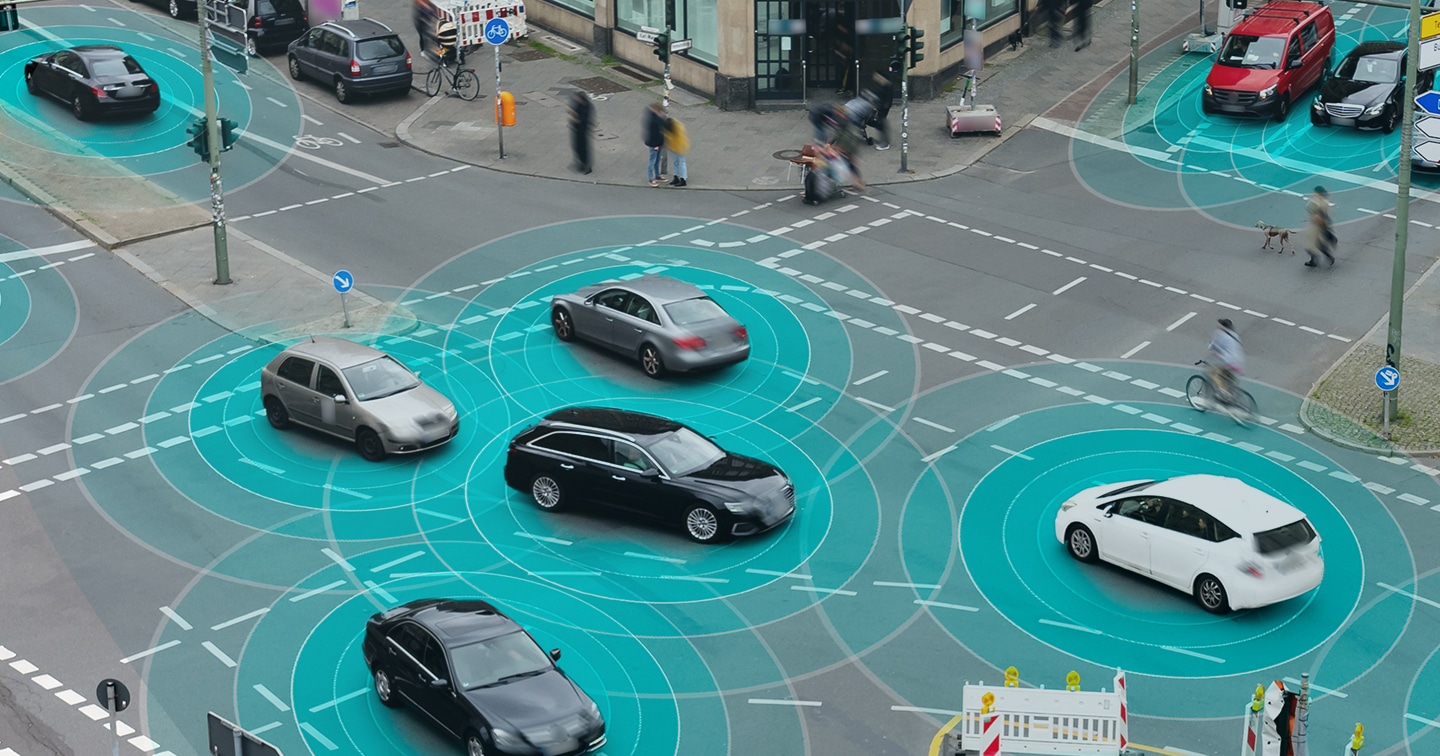Share the road–not just with other drivers, but with bicyclists, and pedestrians whenever you make turns that have you go over crosswalks or bike lanes. There are plenty of distractions for a driver to contend with on a busy street or even on a quiet neighborhood road. With the development of new AI technologies, cars get an extra set of eyes to help prevent collisions–especially with pedestrians. This is done through the process of object detection.
Object Detection and Why it’s Important
Object detection is part of AI technology that can identify objects within still images and videos. In the automotive world, this intelligence is extended to pedestrians and gives models the ability to identify where walkers are in proximity to a moving vehicle.
By utilizing object detection, vehicles have an extra set of eyes to watch out when drivers aren’t or can’t, such as blind spots that all vehicles naturally have. The extra eyes, powered by computer vision, significantly reduce the number of injuries and fatalities each year. A study from Volpe found that systems designed to help avoid crashes with pedestrians can potentially reduce up to 5,000 vehicle-pedestrian crashes and 810 fatal vehicle-pedestrian crashes per year. This reduces the fatality rate by a quarter.
The Right Training Data is Key
As with all intelligent technology, a machine needs to be trained in order for it to function properly. Compared to vehicles, pedestrians are small and have erratic behavior. This can make teaching AI technology to be able to recognize pedestrians in an active environment tricky. The car will need to be able to “see” the pedestrian and react accordingly in order to avoid injuring them. It first must be trained with high-quality annotated data. One way this is done is by having humans annotate datasets depicting real life situations with bounding boxes. These bounding boxes are placed around pre-determined images which, in this case, would be humans. These annotated datasets are then used to train the computer vision powered AI model.
A process like this can be labor intensive, and one way to speed up the process is by having a computer generate the bounding boxes around the images themselves. In this type of annotation, the AI draws boxes around pedestrians and the work is then checked by human contributors. This process is faster, produces equally accurate, and often even more accurate, training data. Once enough high-quality training data is acquired, the AI algorithm can be trained to accurately identify pedestrians.

Object Detection: It’s Not Just for Cars
While cars are the common use case for detection of pedestrians and other objects. A variety of items greatly benefit from it including:
- Autonomous Vehicles
- E-scooter / e-bikes
- Surveillance cameras
Autonomous vehicles (AV) with AI safety features are able to respond in real time if there’s potential danger for a pedestrian (or other) collision. AI-enhanced vehicles are using object detection to make decisions about how to react to the world around them, such as accelerating, braking, changing lanes, and turning. To be able to make those decisions, the AV must be able to identify all the objects around it and what those objects are.
Scooters and bikes can also benefit with a little help from AI. European e-scooter company Voi Technology has added high-end camera sensors to scooters so that each scooter can identify if it’s in an area with a lot of pedestrians and whether it’s on the sidewalk or street. Once the scooter has made the detections, it will react accordingly. While scooters can’t cause as severe injuries as cars, they can still cause injury to the rider and pedestrians. By adding sensors, scooter companies can help ensure that people are scooting safely.
Object detection and pedestrian recognition technology are also being used by AI-enhanced public cameras. This is being used for surveillance and the detection of crimes in public spaces, such as train stations, shopping centers, and streets. Currently, the footage captured by these video cameras is reviewed by hand after a crime or accident has occurred. With object recognition technology, an AI algorithm could review the video footage in real-time as a form of pre-processing, identifying problems as they happen.
While pedestrian recognition and object detection hold a lot of promise for the future of self-driving cars and road safety, the technology is still under development. Pedestrians are difficult to detect and react to as they’re small and they often have erratic or surprising behavior. A pedestrian may be hidden behind a pole or bus stop and then step out in front of a car at the last minute. Pedestrian recognition also has to take crowds and children into consideration during development, which adds complications. Even when the algorithm detects a pedestrian, it then has to figure out what the pedestrian intends to do. Once this technology is fully implemented the roads and sidewalks will be a safer place for all.











